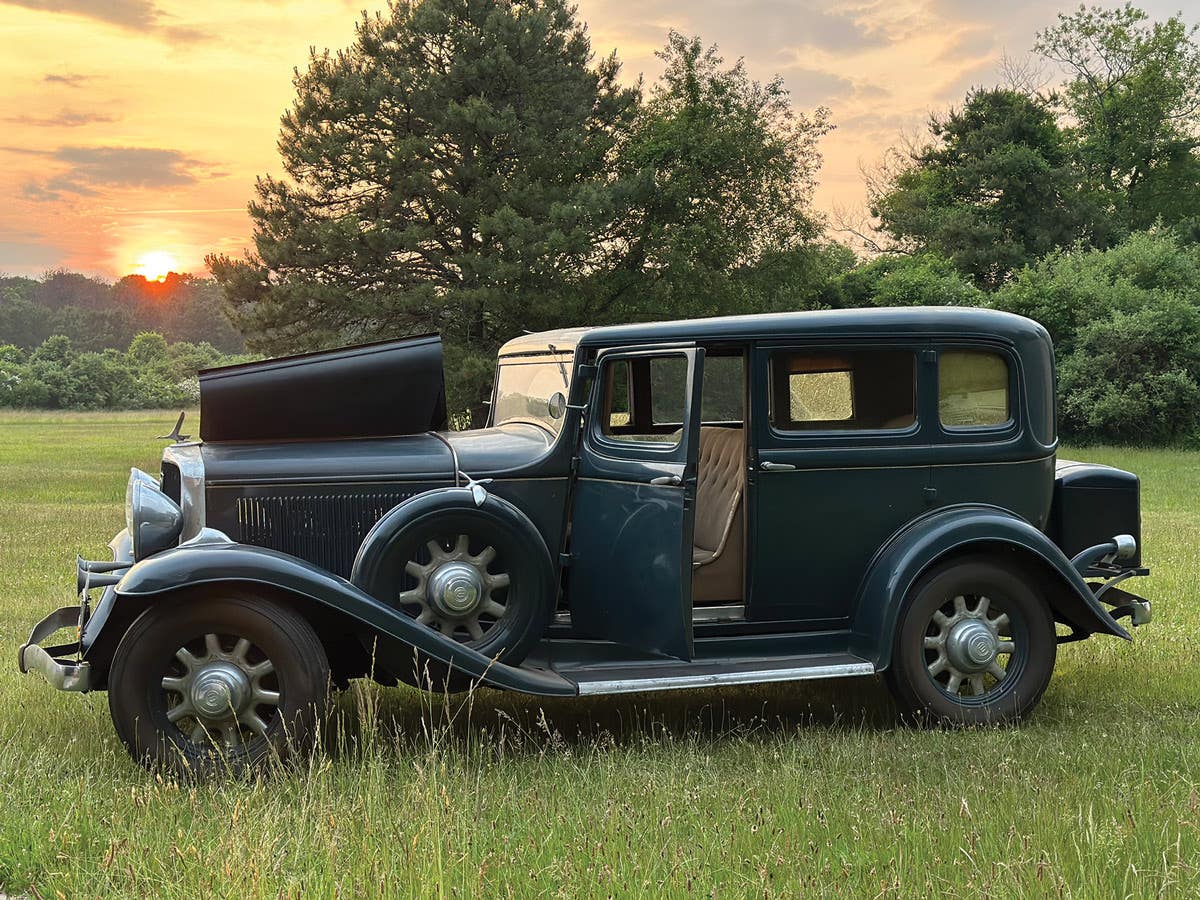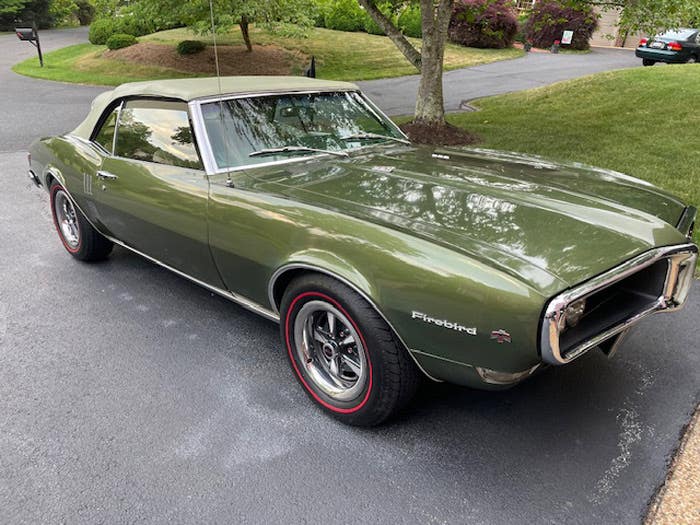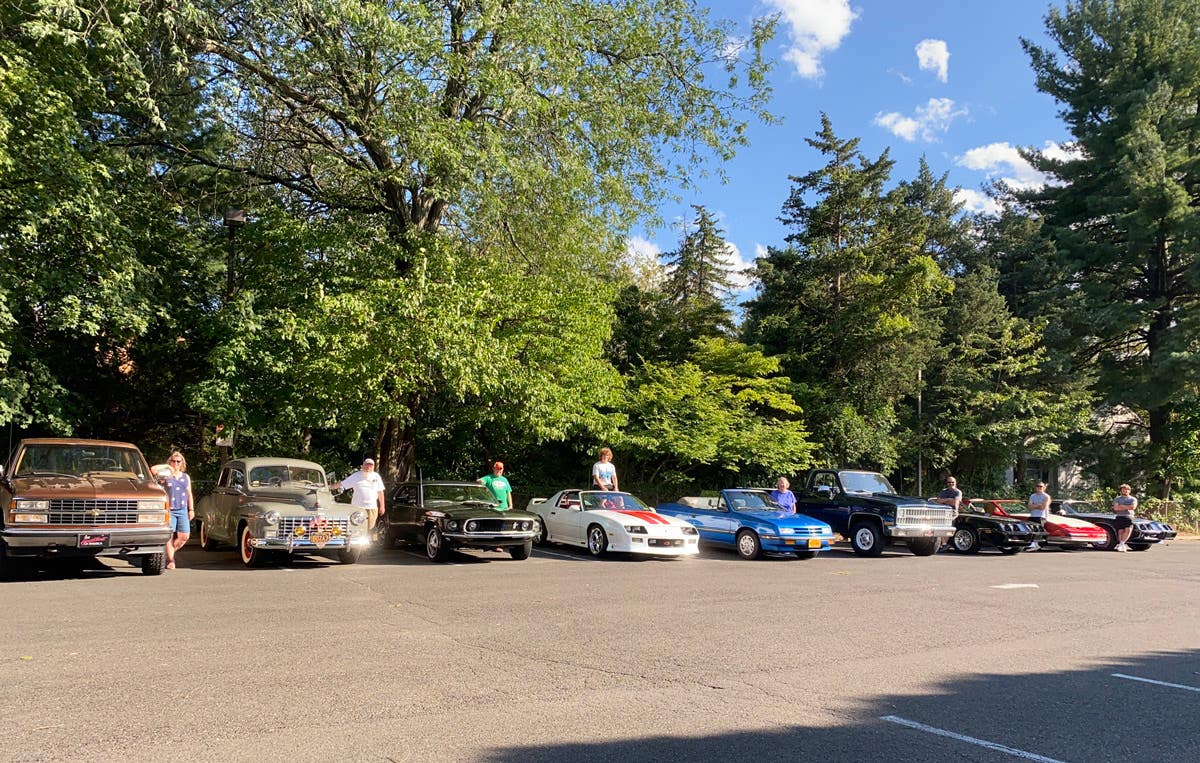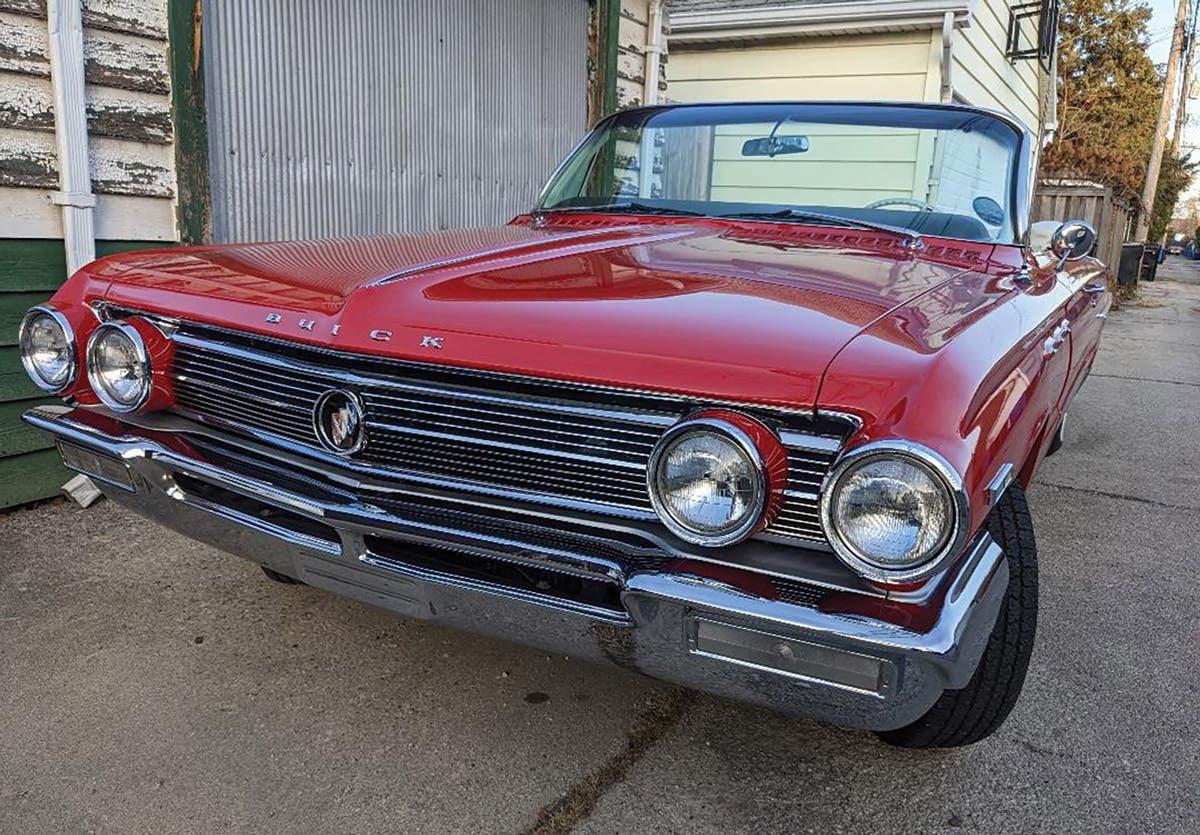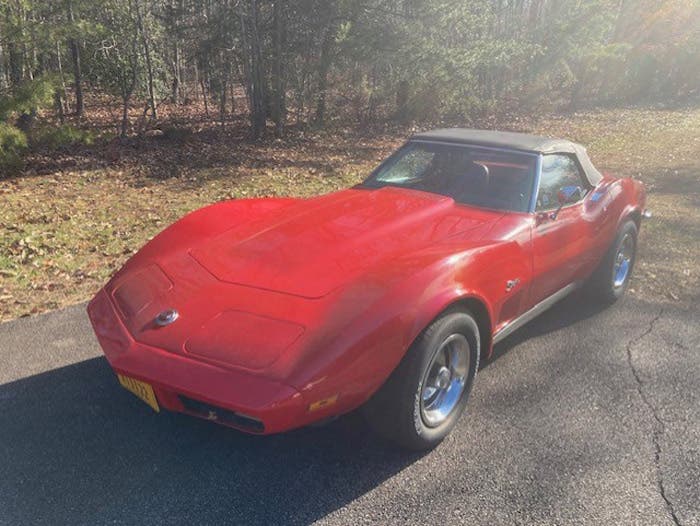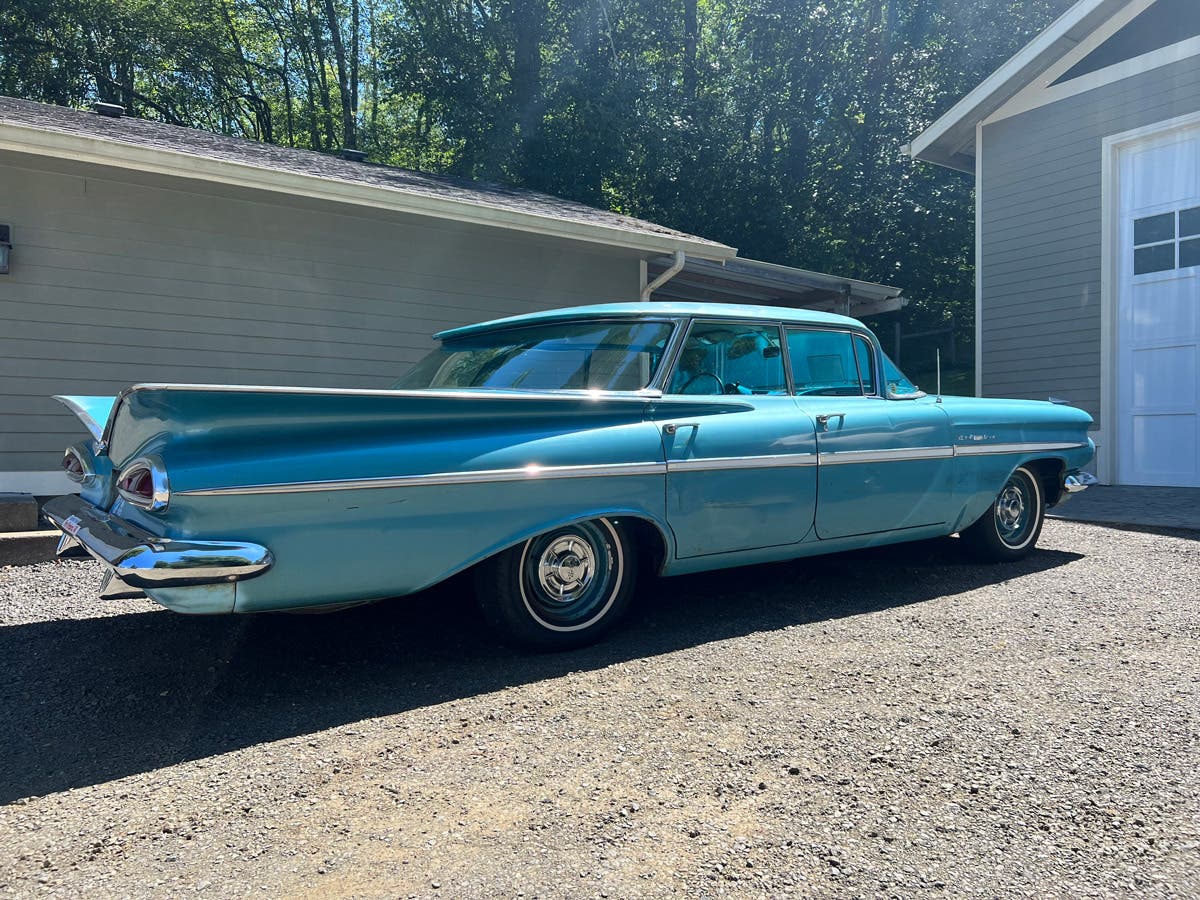1913 Hudson was “Gator Aid”
This Hudson helped carry Florida’s ‘Alligator Man’ and his reptile.
This Hudson touring car, which appears to be a four-cylinder
1913 touring car, was used as part of a traveling alligator display
(note the chest on the running board to carry travel necessities).
The writing on the side of the Hudson reads, “We are ‘going’ to
the Sunshine City, St. Pete. Fla. —come along”.
When you hail from St. Petersburg, Fla., raise alligators and want to make a buck, what do you do?
If you are William Carpenter and it’s 1916, you sell your downtown movie theater — the city’s first — and go on a 14,000-mile road trip displaying and hypnotizing “Trouble,” a 6-foot alligator.
Carpenter and his pal Joe Honey loaded up Carpenter’s Hudson touring car and headed north to show off Trouble while promoting the Sunshine City and taking orders for baby alligators at $1.50 each. The late Scott Hartzell, a Florida historian, noted that Carpenter claimed an inventory of nearly 1,000 of the prehistoric critters.
From the doghouse shape of the hood and grille and the slightly hooked front fenders, it appears Carpenter’s Hudson was a 1913 model, and probably was powered by the Detroit-based company’s early four-cylinder engine. By the end of its first year in business, which began in 1909, the Hudson Motor Car Co. had sold an impressive 4,000 cars. In its second year, the company ranked 11th in American automobile production.
Carpenter’s rolling billboard urged crowds of onlookers from New England, Canada and the West to “Come along to the Sunshine City,” while Carpenterhanded out pamphlets after each gator show.
His Hudson reportedly cost $1,700. If that price is right, that means “Alligator Man,” as he was known, purchased the touring car at a good price, as most sources cite the 1913 Model 37 touring car’s cost as $1,874 when new.
Like many early car owners, and especially the hordes of “Tin Can Tourists” who would soon flood into Florida, Carpenter obviously modified his Hudson with a running board storage chest to hold travel gear and presumably assorted alligator treats.
With a number of innovations to its credit — dual brakes, fluid clutch, balanced crankshaft and dashboard oil-pressure warning lights — Hudson reached its peak in 1929 with annual production of 300,000 cars. Like other manufacturers during World War II, Hudson suspended auto production from 1942 to 1945 and built huge Invader engines for the Navy, as well as various airplane parts.
For 1951, Hudson introduced the Hornet, available with a 308-cubic inch, six-cylinder, dual-carb engine. The hot 7-X racing engine increased output to 210 hp and was popular on the racing circuit, dominating NASCAR and other circuits for at least three years. But sales figures would never again match prewar numbers, and the end was in sight.
In 1954, Hudson merged with Nash and eventually became part of American Motors Corp. (AMC). By 1957, the Hudson badge was discontinued.
As for William Carpenter? He returned home with a reported $2,000 profit in his wallet and devoted the remainder of his 90-plus years to the real estate business. And Trouble? Well, reports vary, but he probably had something to do with wallets, too, finally ending up as one.



